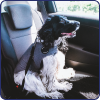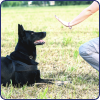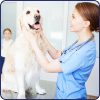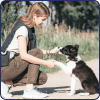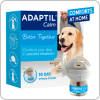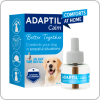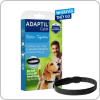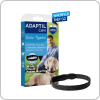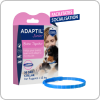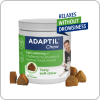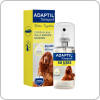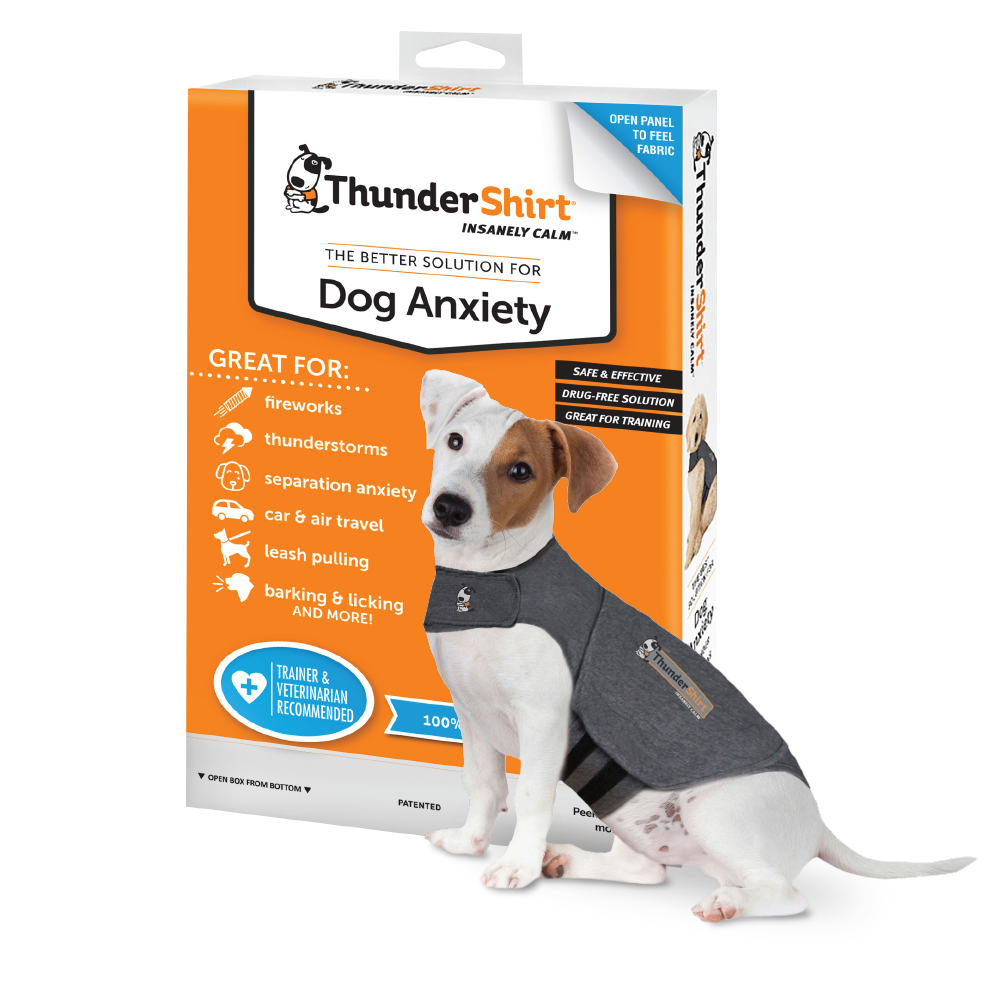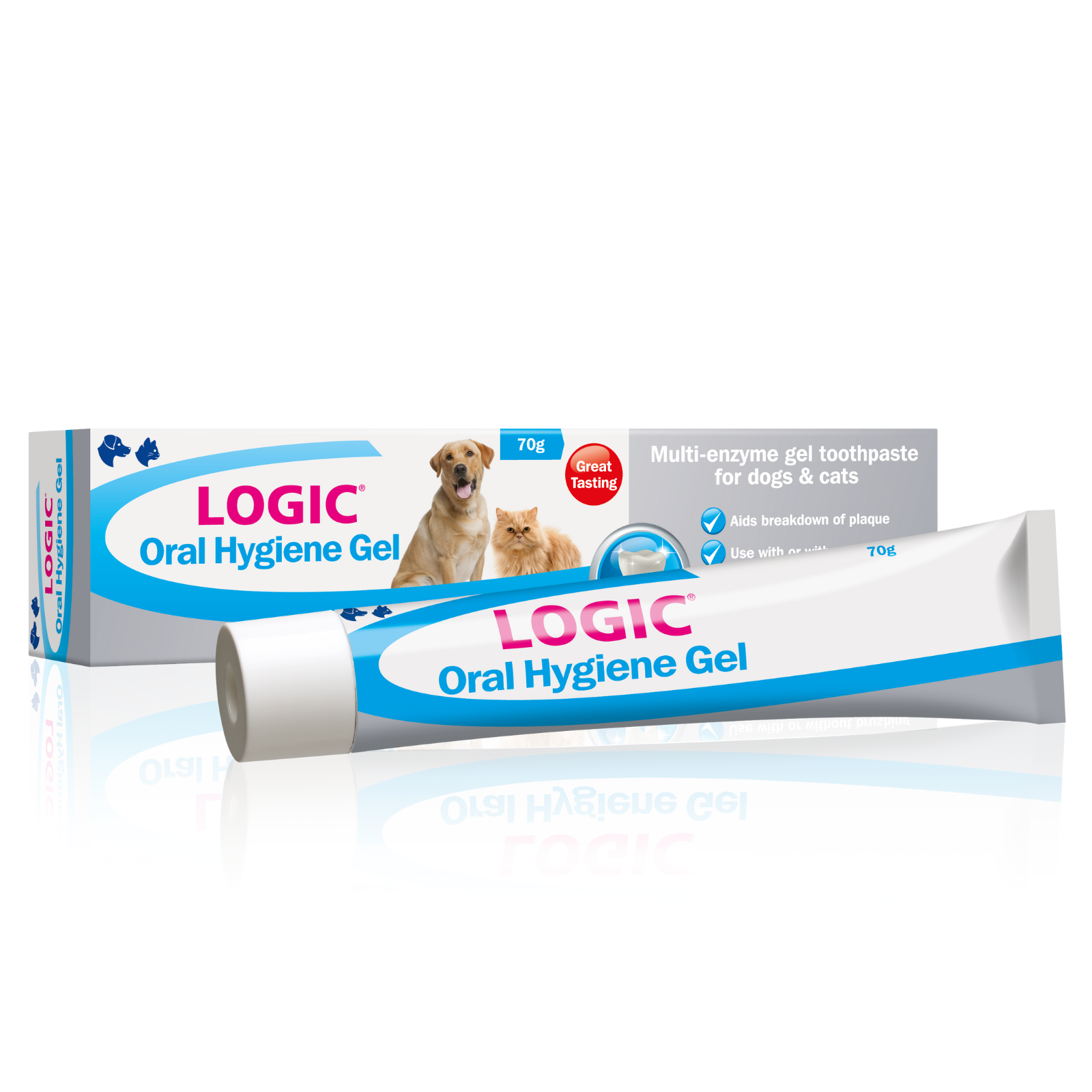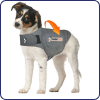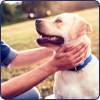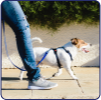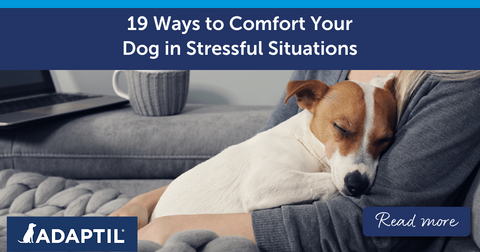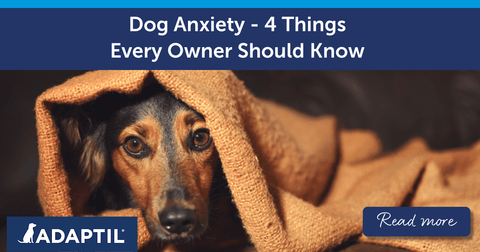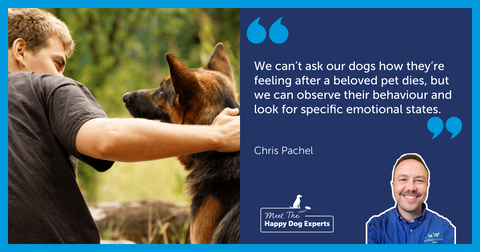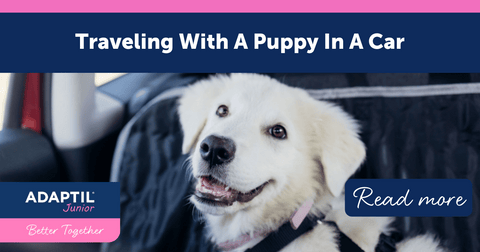Want to subscribe to our blog?
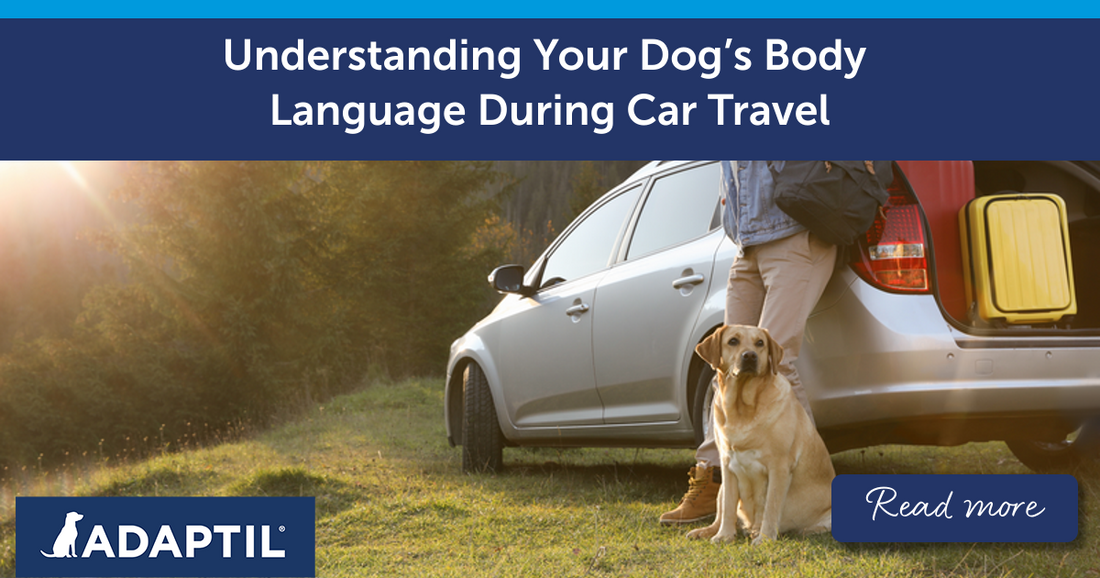
Understanding Your Dog’s Body Language During Car Travel
Written by ADAPTIL Expert, published on April 03, 2024
Much like humans, dogs often use their whole bodies to show us how they’re feeling. Being able to understand their body language is a helpful tool for recognising a nervous dog.
From Chihuahuas to Great Danes, all shapes and sizes of dog can be nervous when travelling in a car. With different sizes there will be some differences in what behaviours you see. If your dog has a longer coat, it may be trickier to see the more subtle movements that a nervous dog shows. Likewise, breeds with a tight curled tail may make it harder to identify their body language.
In any case, it is best to observe their whole body and consider the situation they are in. Context plays a large role in understanding your dog’s body language, particularly when travelling by car.
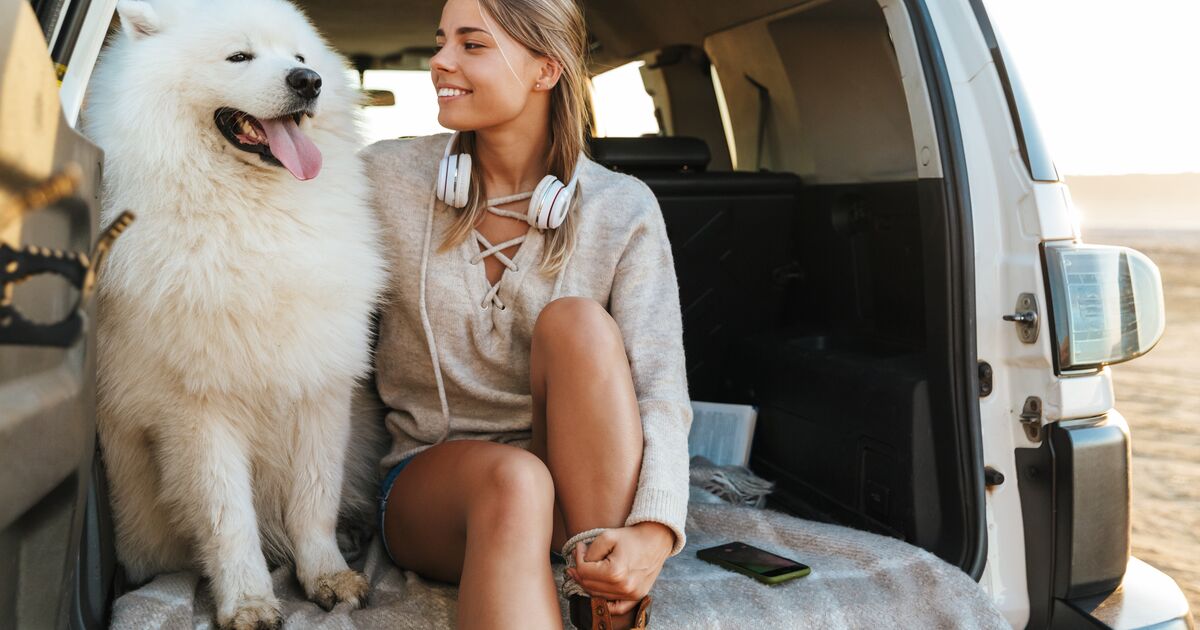
Why Your Dog May Not Enjoy Car Travel
For dogs, car travel can be an unpleasant experience as they lack the understanding that we do. Humans understand that once we get in a car, we will move and stop as needed until we reach our destination. Dogs don’t understand this and may show nervous behaviour when travelling.
The movement, sounds, and smells can make car travel a challenge for pups, as they experience senses differently than us humans. For example, we all know that dogs see colour differently than we do. Watching the blurred colours and shapes whiz by the car window may have an impact on how your pup feels about car travel. Dogs can also experience motion sickness which may contribute towards a nervous dog when travelling by car.
Signs Your Dog Enjoys Car Travel
Lots of positive experiences from puppyhood may mean your pooch enjoys being in a car. These are the signs to look out for that indicate a dog’s positive body language:
- Your dog is responsive and interested in you and their surroundings whilst in the car
- Your dog settles and relaxes. A settled and relaxed dog will have their ears in a neutral position, and they may lie down.
- Your pup voluntarily approaches your car and is even excited to jump in!
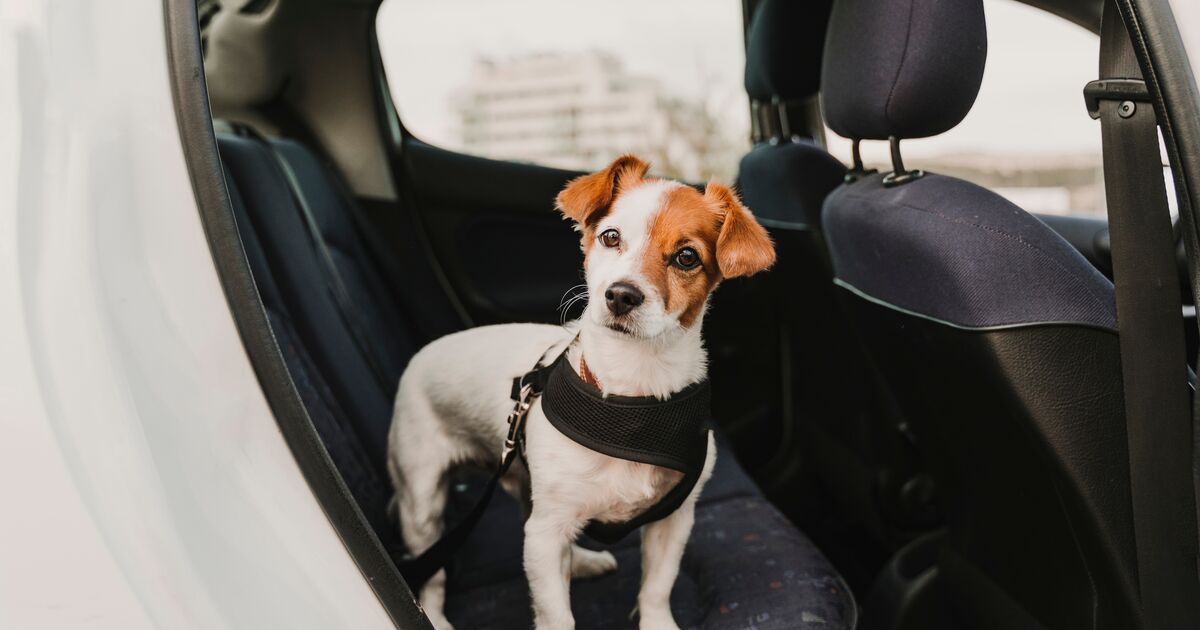
Signs Your Dog Doesn’t Enjoy Car Travel
If you don’t use your car often, you may not have to drive to any destinations with your pup. This is normal and usually the case for dog parents who live in cities. A result of this could be travel anxiety and your dog may need a helping hand to recognise that car travel isn’t always bad!
Here are some dog body language signs to look out for if you suspect your pup doesn’t enjoy travelling in cars:
- Your dog may avoid the car completely.
- Your dog may pant, shake, or show restless behaviour.
- They may whine or bark whilst in the car, which is a sign of discomfort.
- Your dog may start yawning or licking their lips.
These signs can be easy to miss as they are often very subtle displays of dog behaviour.

How To Help Your Dog Adapt To Car Travel
There are many ways to help your nervous dog adapt to travelling by car, once you understand their body language. Recognising your unsettled pup is the first hurdle, and once you can do this you are on your way towards both a happy pup and pet parent!
Here are a few tips we recommend to help your dog enjoy the car:
- Give Them A Safe Space: By giving your pup a safe space such as a crate or a harness accompanied by a soft surface to lie on, you are helping them to understand that the car is a comfortable and familiar place, much like their bed or crate at home. Our Happy Dog Expert, Patricia, advises parents to “provide maximum stability, calm and comfort to your dog during the journey”.
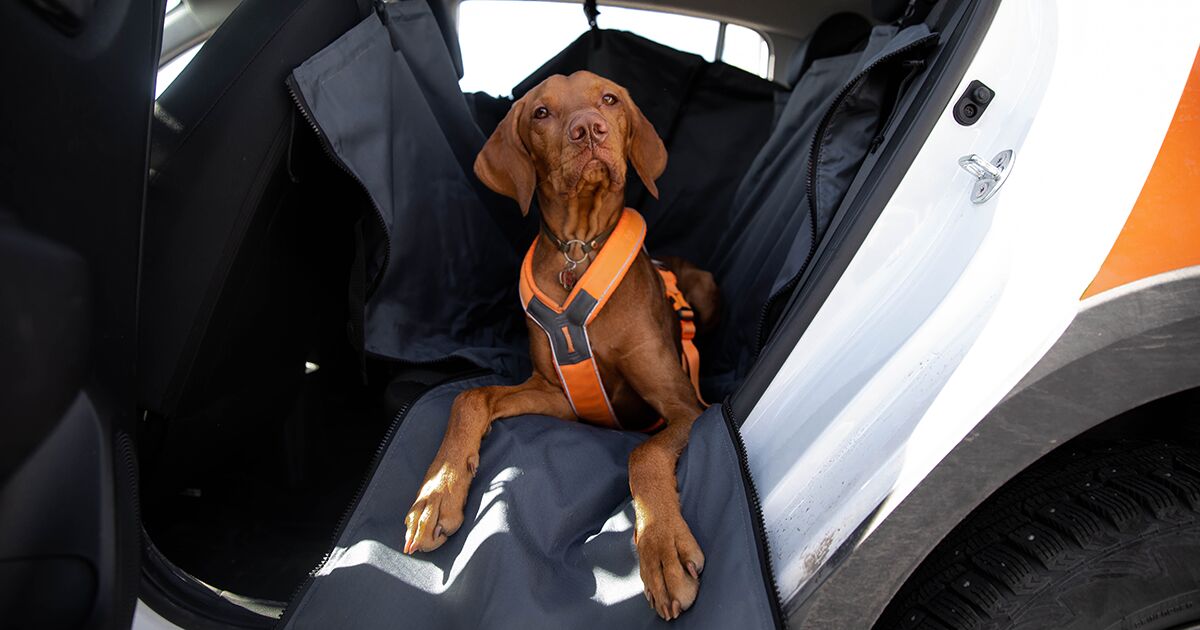
- Try Sprays Or Calming Vests: Try using our ADAPTIL Transport spray, a calming spray solution to help calm your nervous dog whilst on the move. Simply spray the area of the car your dog will be travelling in 15 minutes before you intend to be in the car. You may also want to try the ThunderShirt by ADAPTIL, a calming wrap which applies a gentle pressure around your pup’s torso, much like swaddling a baby.
- Speak To A Vet: If you see no progress with training or safe spaces, speak to your vet. Vets can ensure there isn’t an underlying medical condition contributing to your dog’s nervous behaviour.
- See A Dog Behaviourist: If you’ve got the all-clear from the vet and no other training is working, it may be best to see a dog behaviourist. A qualified animal behaviourist will be able to help your pup with an individual plan suited for their behaviour.
- Training: Once your pup is calm within the car, you can take the time to build your dog’s confidence with car travel by helping them to start associating the car with positive experiences. For example, if your pup loves the local park, try making gradual, regular trips to the park. This helps them to associate the car with the things they love the most!
Hopefully now you feel better equipped to understand your dog’s body language and help them with overcoming their fear of the car! For any further advice or information, please contact us! We are very happy to help and would love to hear from you.
Following our expert tips will help to ensure your bond with your dog goes from strength to strength.
Make sure to join our community for weekly advice from our dog behaviour experts as well as product offers and competitions.
 Related Posts
Related Posts
Legal notice The information collected is intended for Ceva Santé Animale and the group in order to manage your requests. This information can be shared with service providers in order to organize their management. In accordance with the General Data Protection Regulations, you have the right to access, rectify and limit the processing of your data. You can also, in certain cases, object to the processing, withdraw your consent and request the deletion and portability of your data. For any request in relation to your personal data, please visit this page.


